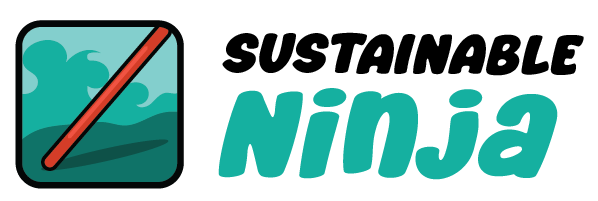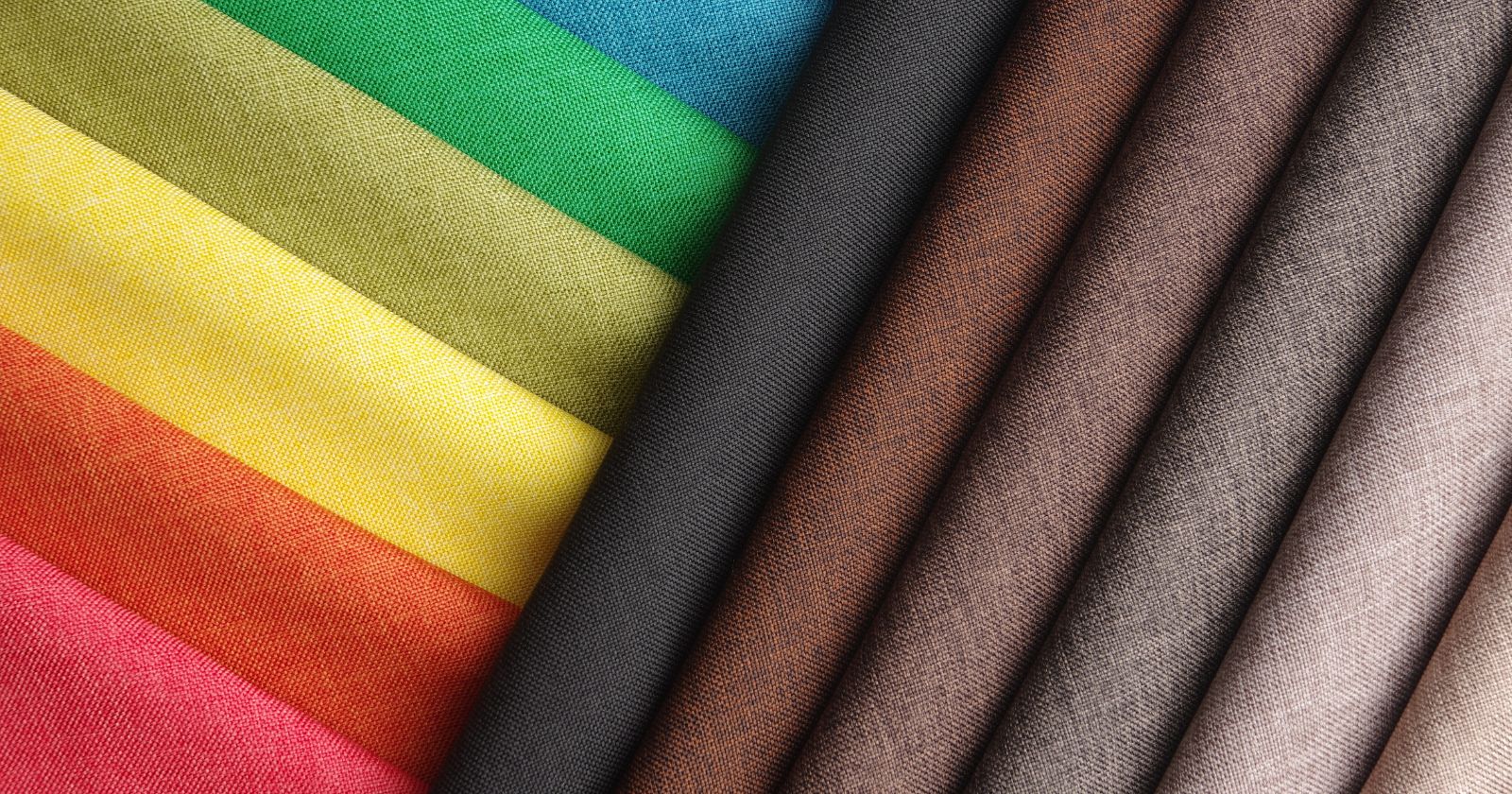Nylon and cotton, which is best? Below we examine whether its the natural fibers of cotton or the synthetic fibers of nylon you should be choosing for your clothes and other uses.
Cotton has better moisture wicking and breathability than nylon, making it superior in hot weather. Cotton fabric also has superior color-fastness. However, nylon is cheaper, more durable, and has a better drape, making it popular in many fast fashion products. For sustainability, organic cotton is far superior to the synthetic materials used in nylon products.
Check out the comparison table below then read on for more information:
Nylon vs Cotton Comparison Table
| Property | Nylon | Cotton |
|---|---|---|
| Other Names | – | – |
| Made From | Nylon is a synthetic polymer made from materials derived from petroleum. | Fibers from cotton plant seeds |
| Advantages | Strong, lightweight, and easy to care for. | Cotton fiber has superior wet strength and is a natural insulator. Cotton also has natural anti-microbial properties |
| Disadvantages | Significant environmental concern. | Higher production costs than many other fabrics, particularly for organic cotton. |
| Uses | Used extensively in fashion to make a wide range of items. | Cotton is widely used in clothing, including to produce popular woven fabrics such as denim, flannel, and canvas. Also used for bedsheets, towels, and upholstery. |
| Natural or Synthetic | Synthetic | Natural |
| Woven or Knitted | Either | Woven |
| Thread Count | – | 100-1000+ |
| Washing | Machine washable in hot or cold water (check label for which one is best for your garment). May last longer if hand washed. | Typically fine in washing machine (always check the label first) |
| Drying | May wrinkle if dried in a dryer at hot settings. Opt for cooler settings or air dry. | Often fine in tumble dryer, although shrinkage can occur especially if 100% cotton (check the label first). If unsure, air dry. |
| Ironing | Iron only on the lowest heat section without steam. Use a pressing cloth. Be careful because nylon can burn easily. | Iron while damp (use a spray) on high heat |
| Wrinkle Resistance | Don’t tend to wrinkle | Wrinkles easily |
| Heat Retention | Medium | Medium |
| Moisture Wicking | Medium | Good |
| Breathability | Poor | Very Good |
| Stretchability | High | Medium |
| Flammability (untreated) | Medium (tend to melt rather than burn) | Very High |
| Water-Resistance (untreated) | Medium | Poor |
| Color-Fastness | Poor | Good |
| Strength | Excellent | Good, especially when wet (cotton gets stronger when wet) |
| Durability | Excellent | Good |
| Drape | Fluid | Medium |
| Softness | Good | Good |
| Environmental Impact Score (A is best, E is worst) | Virgin Nylon = E, Chemically Recycled Nylon = B, Mechanically Recycled Nylon = A | Conventional Cotton = E, Organic Cotton = B, Recycled Cotton = A |
| Sustainability Issues | Nylon is a plastic. It does not degrade and requires significant energy, chemicals, and waste to create. We recommend only using recycled nylon products. | Cotton growing can be pesticide and water intensive, leading to pollution. Less impact when grown organically. |
| Vegan | Yes | Yes |


